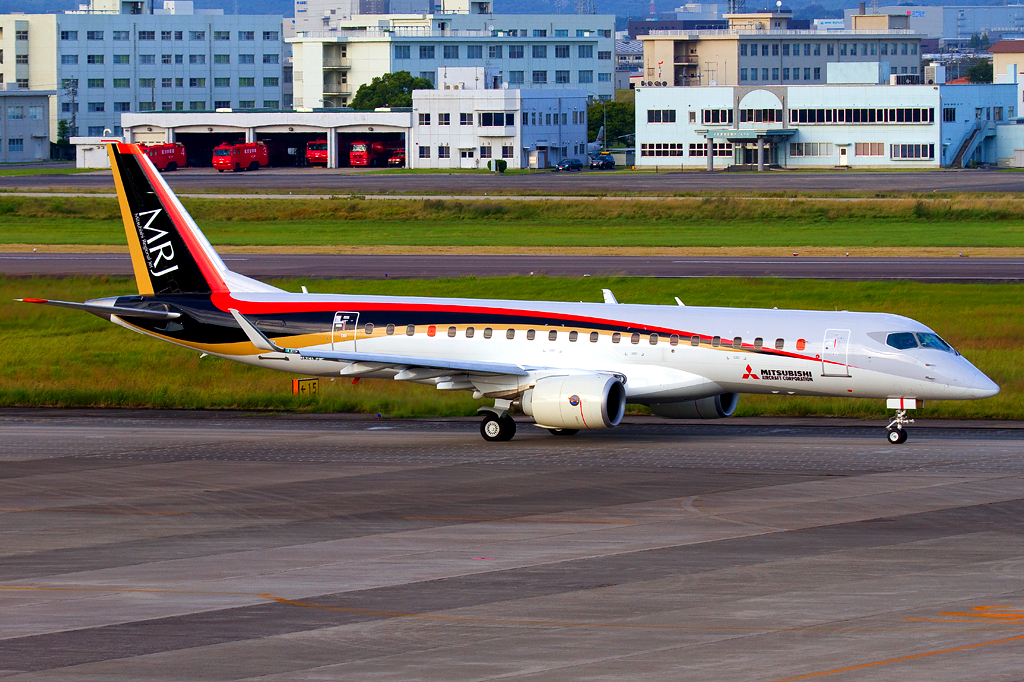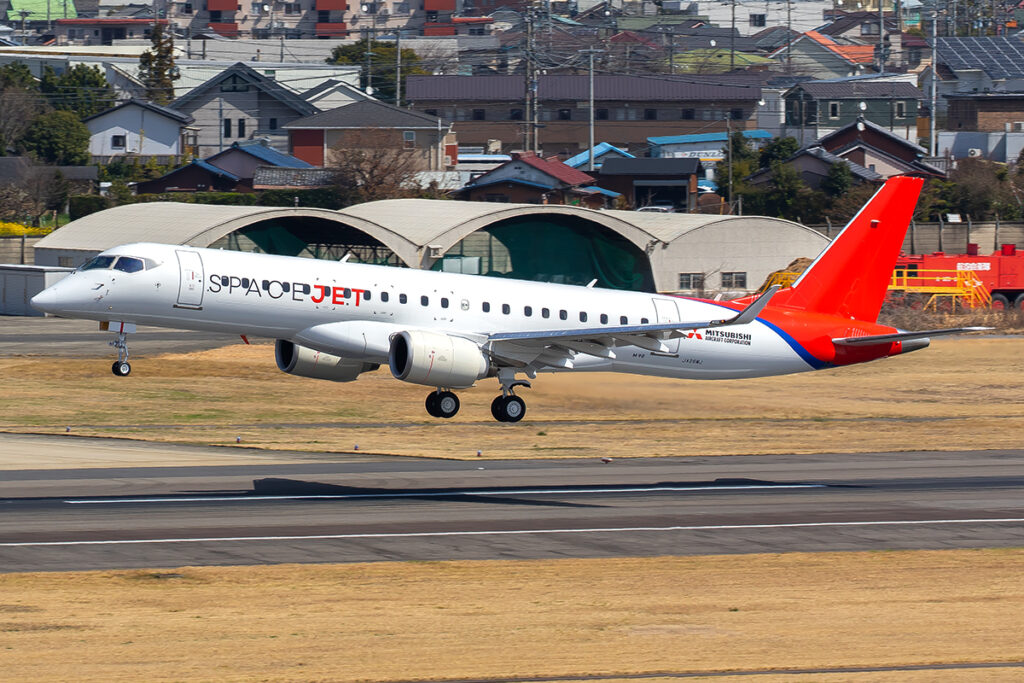TOKYO- Japan is purportedly considering strategies to resurrect its aspirations for establishing an indigenous commercial aircraft program, following the abandonment of the previous endeavor, the Mitsubishi SpaceJet, due to recurring setbacks just a year ago.
As per the national broadcaster NHK, Japan’s trade ministry revealed a preliminary strategic blueprint for the domestic aerospace industry on March 27th, which encompassed an evaluation of the factors contributing to the failure of the SpaceJet program.

Technological and Market Challenges
Mitsubishi Heavy Industries (MHI) Formally Ends SpaceJet Program Due to Multiple Challenges in Achieving Service Entry, Including Technological Advancements and Scope-Clause Agreements at US Airlines Hindering Market Prospects.
The SpaceJet initiative, initially known as the Mitsubishi Regional Jet commenced in 2008 with the goal of becoming Japan’s first commercial aircraft program in four decades. Accumulating 3,900 flight-test hours without safety incidents, it aimed to rejuvenate Japan’s aviation sector.
The Japanese government plans to bolster development capabilities in response to this setback through international collaboration and public-private partnerships.
Media reports suggest a target of launching a new commercial aircraft program by 2035, focusing on next-generation aircraft powered by alternative energy sources such as hydrogen.
To spearhead this initiative, Tokyo has established a working group involving leaders from the aerospace and energy sectors. Matsuo Kuremura, the aerospace and defense division director at the Japanese trade ministry, emphasizes the need for Japan to explore profitable territories beyond merely supplying components to Western airframers. The government is prepared to invest approximately Y5 trillion ($33 billion) into this venture.
Despite discontinuing the SpaceJet program in 2023, MHI hints at future aircraft development endeavors utilizing innovative technologies.
The group underscores that insights gained from the SpaceJet initiative will contribute to Japan’s aviation sector, aiming to reclaim complete aircraft manufacturing capabilities within the country.”
Stay tuned with us. Further, follow us on social media for the latest updates.
Join us on Telegram Group for the Latest Aviation Updates. Subsequently, follow us on Google News.

